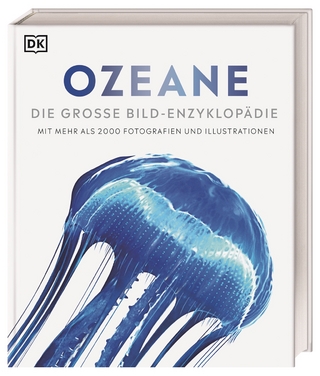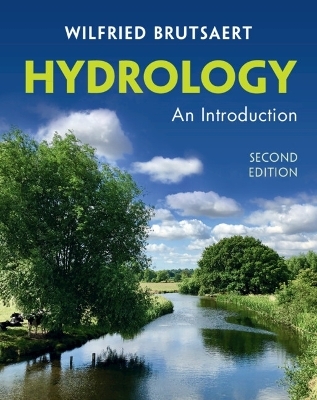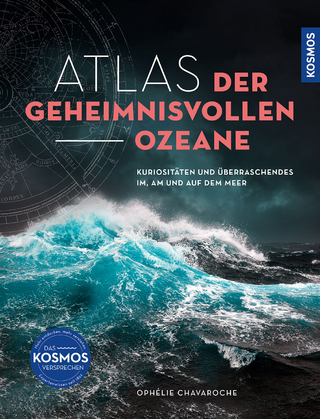
Thermal Use of Shallow Groundwater
CRC Press (Verlag)
978-1-138-07785-0 (ISBN)
Thermal Use of Shallow Groundwater
introduces the theoretical fundamentals of heat transport in groundwater systems, and discusses the essential thermal properties. It presents a complete overview of analytical and numerical subsurface heat transport modeling, providing a series of mathematical tools and simulation models based on analytical and numerical solutions of the heat transport equation. It is illustrated with case studies from Austria, Germany, and Switzerland of urban thermal energy use, and heat storage and cooling.This book gives a complete set of analytical solutions together with MATLAB® computer codes ready for immediate application or design. It offers a comprehensive overview of the state of the art of analytical and numerical subsurface heat transport modeling for students in civil or environmental engineering, engineering geology, and hydrogeology, and also serves as a reference for industry professionals.
Prof. Dr Fritz Stauffer is a retired professor at the Institute of Environmental Engineering at ETH Zürich, Switzerland. He studied rural engineering at ETH Zürich, where he obtained his diploma in 1971 and his doctorate in 1977. In 1996, he was a visiting scholar at Stanford University. In 2001, he was awarded the title of professor by ETH Zürich. His research interests are in flow and contaminant transport in groundwater including the capillary zone. Apart from using experimental techniques, he mainly focuses on mathematical modeling as well as geostatistics and stochastic modeling of flow and transport processes in highly heterogeneous aquifers. He retired from ETH in January 2012. Dr Peter Bayer is a senior research associate at the Department of Earth Sciences at ETH Zürich, Switzerland. He graduated in 1999 from the Center for Applied Geosciences of the University of Tübingen, Germany and earned his PhD from the same institution in 2003. From 2008 to 2010 he was an EU Intra-European Marie Curie Fellow at ETH Zürich hosted by the Institute of Environmental Engineering. His work is aimed at the development of algorithmic optimization procedures and their implementation to solve problems related to applied hydrogeology and geothermics. His research has been published in more than 75 scientific contributions, 50 of which are listed in the Web of Science. Jun.-Prof. Dr Philipp Blum is currently an assistant professor for engineering geology at the Karlsruhe Institute of Technology (KIT). From 1993 to 1996, he studied geology at the University of Heidelberg. From 1996 to 2000, he continued his studies in applied geology at the University of Karlsruhe, where he received his diploma in 2000. In 2003, as part of the DECOVALEX international research project, he received his PhD on hydromechanical processes in fractured rock at the School of Earth Sciences at the University of Birmingham, UK. He published more than 50 peer-reviewed publications, of which 38 are listed in the Web of Science. Dr Nelson Molina-Giraldo is a groundwater modeler at Matrix Solutions, Inc., Canada. He obtained his first degree in environmental engineering at the University of Antioquia, Colombia and then he moved to Germany and completed a masters programme in applied environmental geosciences (AEG) at the University of Tübingen. He received his PhD from the same university in 2011. Currently, he has been working on analytical and numerical modeling to assess the feasibility of groundwater withdrawal forecasts for operational management and regulatory needs. He has been also implementing groundwater–surface water monitoring programs to attempt to measure changes in groundwater–surface water interaction based on temperature measurements. Prof. Dr Wolfgang Kinzelbach is a full professor of hydromechanics and groundwater at ETH Zürich, Switzerland. He obtained his first degree in physics at Munich University and then turned to environmental engineering in Stanford, California. He earned his PhD at Karlsruhe University in 1978 and has been working on groundwater themes for more than 20 years. He is the author or a coauthor of more than 200 publications listed in the Web of Science. He was awarded the Henry Darcy Medal of the European Geophysical Union, the Prince Sultan International Prize for Water, and the Muelheim Water Award. He is a fellow of the American Geophysical Union. His recent work focusses on sustainable management of groundwater resources.
Introduction. Fundamentals. Analytical solutions. Numerical solutions. Long-term operability and sustainability. Field methods. Case studies. References. Index.
| Erscheinungsdatum | 16.01.2018 |
|---|---|
| Zusatzinfo | 18 Tables, black and white; 26 Illustrations, color; 86 Illustrations, black and white |
| Verlagsort | London |
| Sprache | englisch |
| Maße | 156 x 234 mm |
| Gewicht | 598 g |
| Themenwelt | Naturwissenschaften ► Geowissenschaften ► Hydrologie / Ozeanografie |
| Technik ► Elektrotechnik / Energietechnik | |
| Technik ► Umwelttechnik / Biotechnologie | |
| Weitere Fachgebiete ► Land- / Forstwirtschaft / Fischerei | |
| ISBN-10 | 1-138-07785-2 / 1138077852 |
| ISBN-13 | 978-1-138-07785-0 / 9781138077850 |
| Zustand | Neuware |
| Haben Sie eine Frage zum Produkt? |
aus dem Bereich


